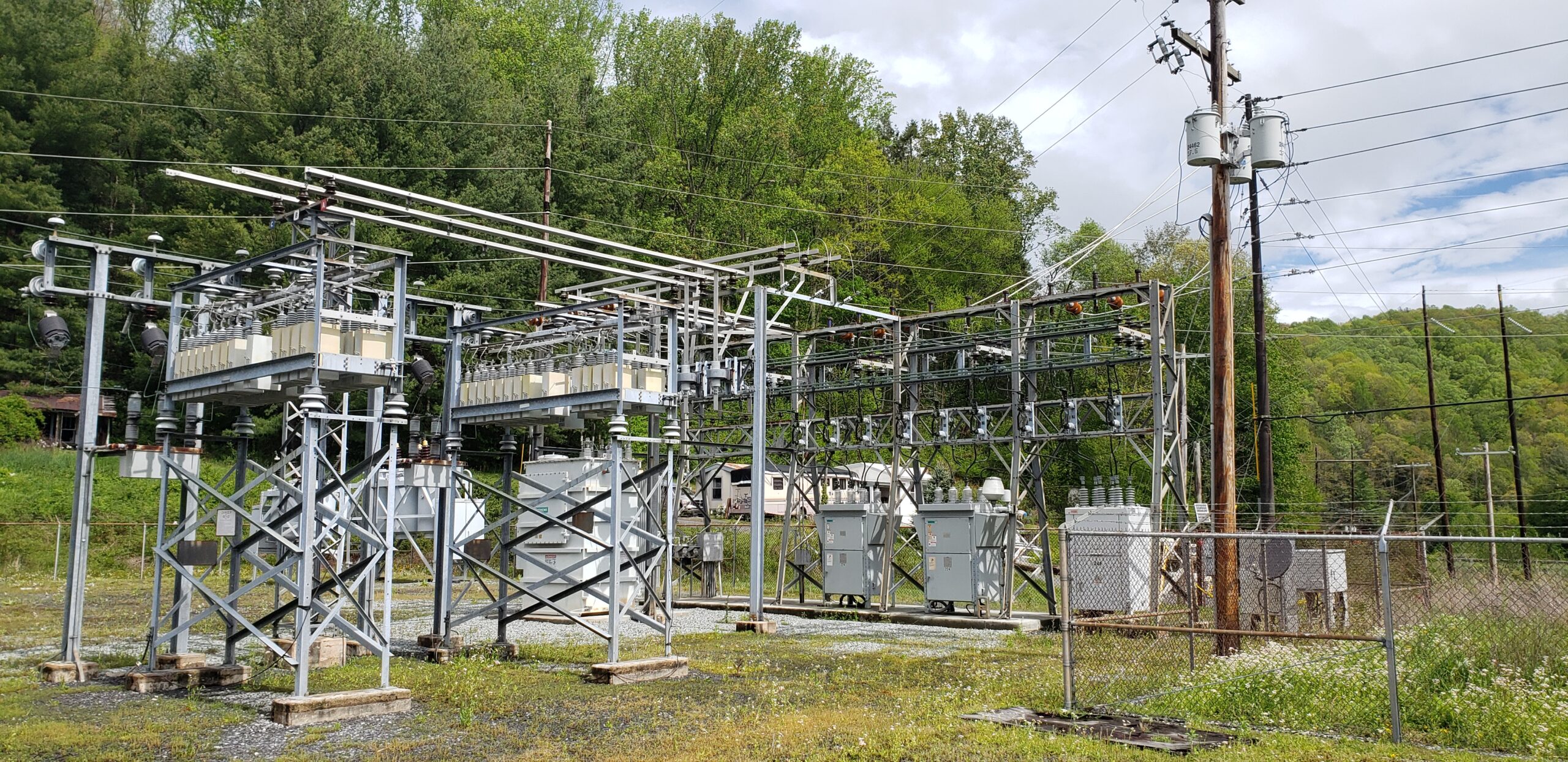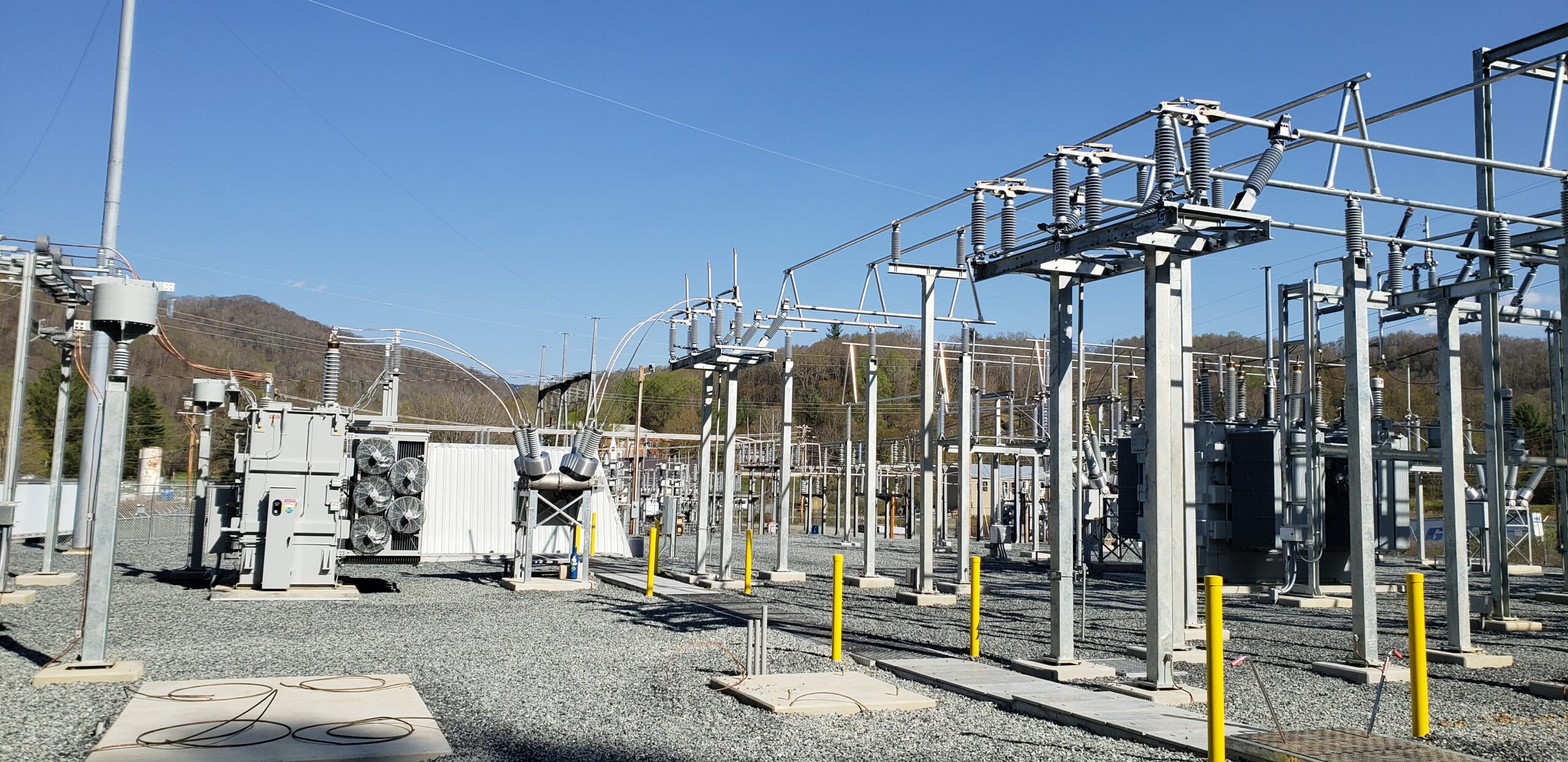Substation design typically calls for 2-6” of aggregate (crushed rock) as a top layer upon completion of construction. This layer serves several purposes, including improved vehicle access, reduced erosion, and suppression of vegetation. Another significant function of this layer is to provide personnel safety by increasing the allowed (maximum permissible) touch and step potential values versus native soil. When the aggregate becomes a critical part of the site’s safety, knowledge of the aggregate’s composition and properties is required.
Rock Matters
In June 2023, the IEEE PES Substations Committee released a technical report entitled “Testing and Application of Crushed Aggregate for Use as a Resistive Substation Surface Layer.” In this guideline, they perform a deep dive into all the factors regarding aggregate application. One of the main questions they raise is whether the aggregate used at a site has a known resistivity. In our experience, the answer is no. Utilities typically use a locally available aggregate whose resistivity is unknown and untested.
Along with the resistivity value of the aggregate being in question, additional site factors come into play, such as compaction, erosion, contamination from native soil, organic matter, and vegetation, along with environmental considerations such as temperature, moisture, herbicide contaminants, and salt treatment. All these components play a role in the resistivity and effectiveness of the site’s rock layer. Once the aggregate has been compromised, a site can become unsafe for personnel if it’s not remediated. We’ve been in hundreds of existing substations and rarely have found the aggregate maintained to the required depth or condition.
Challenges with Rock
Limestone aggregate is used frequently as it is readily available, but limestone resistivity is lower than granite. Surprisingly, river rock is as high or higher than granite in resistivity (based on our lab test results). However, since it is a round rock, it isn’t easy to walk and drive on, making it a less-than-ideal choice. It is critical that whichever aggregate is used be thoroughly washed to remove all the fines, adhered clay, and silt. Washed rock raises the front-end cost but improves (increases) its resistivity and performance in the field. AASHTO #57 (¾” – 1” in size) is the most commonly specified rock for use in substations.
From our experience, the biggest challenge for new substations is ensuring that the contractor lays down the right thickness of clean rock inside and outside of the station. Typical substation design specs call for riprap size (4” and larger) rock 4′ around the perimeter of the substation fence. This provides better erosion control and makes it more difficult for a person or animal to walk up to the fence.
Safety First
Good grounding design intends to have the grounding system be able to stand on its own with minimal assistance from outside grounding sources. Years ago, this was easier to achieve when the line-to-ground fault currents were lower. However, this goal is more challenging as electrical systems have become more robust. Today, during the design process, we depend more and more on exterior ground sources, transmission line overhead shield wires (OHS), and distribution neutrals to lower the “system” ground impedance by providing alternate paths for the fault current to return to its source. This lowered system ground impedance will, in turn, lower the resultant site ground potential rise (GPR). The substation will still require the installation of a highly resistant rock layer to increase the permissible step and touch potential.
Maintenance is necessary for all substations: circuit breakers must be lubricated and exercised, protective relays and transformers require testing, the substation yard needs herbicide application, and over the years, a fresh layer of rock will need to be applied. Rock is one of the most effective and inexpensive ways to make a substation safe. If a utility uses an aggregate top layer as part of a substation’s safety margin, it must have an aggressive inspection and maintenance program.



